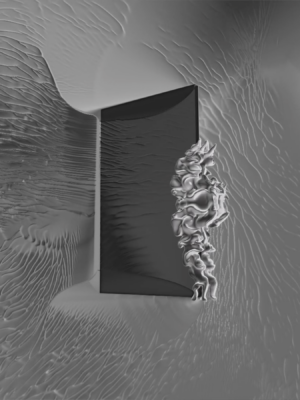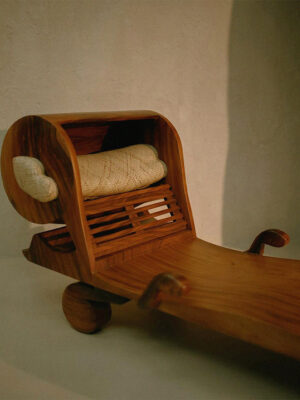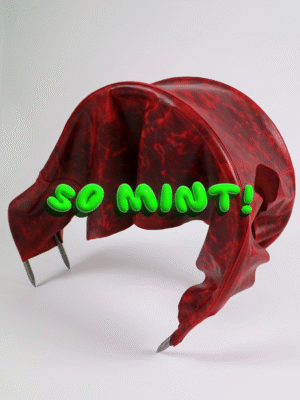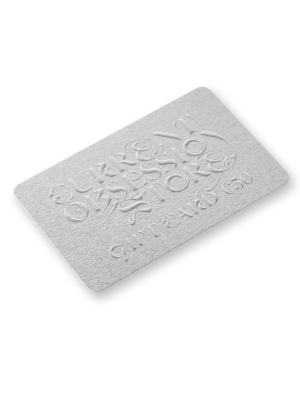
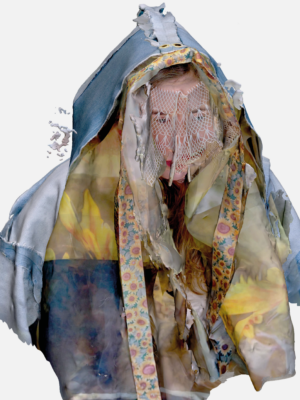
Chapter I
Body as an Intermediary Object
How could an intermediary between a viewer and a source of information – for instance, a historic artefact – help us unlock the meaning encoded within it, inaccessible to those unfamiliar to the medium? If a familiar body could be considered as such an intermediary, what could it mean in terms of understanding other cultures, decolonising knowledge about objects, but also, what role could it play in the future of making new work?
Contributors: eva susova, Amanda Elida Varhaugvik, melê yamomo
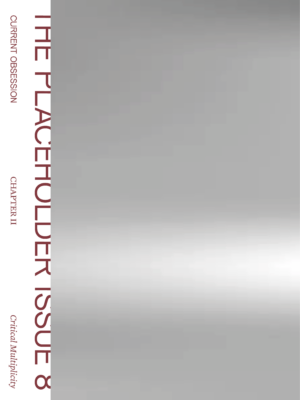
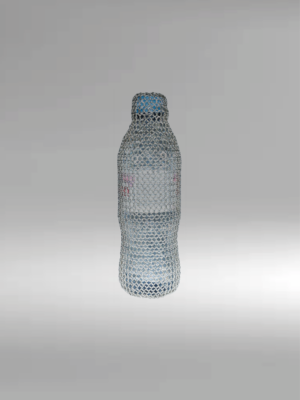
Chapter II
Critical Multiplicity
‘How to ‘multiply’ an object by shifting perspectives?’
As signifiers, objects of jewellery and adornment point simultaneously in opposite directions, consistently ‘performing’ between the worlds of a wearer and the onlooker. Therefore, they find themselves in flux – multiplicity of interpretations, connections, assumptions, depending on a historic timeline, geographic location, or which eyes are gazing at them. What are the implications of that exchange? Focusing specifically on language, materiality and history of jewellery and adornment, could we ‘scrape off’ the inherent narratives that are so ingrained in the way we think about these objects? And further more, could we find alternative ways to create new work, liberated, or at least pushing away from the beaten path of seeing jewellery as ‘ornamentation’?
Contributors: Dang-Vû Dang, EMIRHAKIN, Elizaveta Federmesser, Benedikt Fischer, Nina Glockner, Dae Uk Kim, Nikola Lamburov, Pravu Mazumdar, Lisa Plaut, isabel wang pontoppidan, Sanne Vaassen
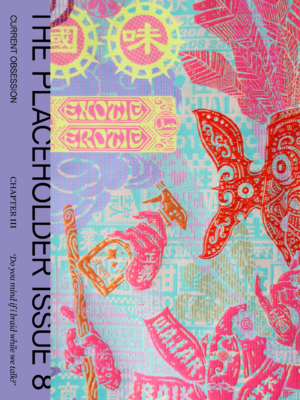

Chapter III
‘Do you mind if I braid while we talk?’
Emergent from the experience of being racially and culturally ‘othered,’ the two protagonists expose and challenge the narratives imposed on them. Once these narratives are recognised as constructs, they become malleable material, a putty in the hands of two makers.
The act of ‘writing’ one’s narrative dissolves the subject/object divide, motivating marginalised voices to tell their stories and revealing the transformative power of aesthetics in transcending resistance to create something beautiful.
Contributors: Marcos Kueh, isabel wang pontoppidan

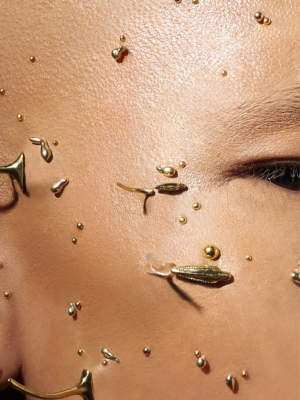
Chapter VI
Becoming-With
We discuss human surface, its significance and its potential, seen as a site of contestation between mythology, biology and technology. Loan Favan’s artistic practice oscillates within this triangle. She looks at body modifications and scarification rituals within a range of cultures in Oceania, including Vanuatu, Papua New Guinea and her native New Caledonia. Constantly connecting mythology to contemporary society, she looks ahead into deep future, speculating on how the rituals and rites of passage could transform future humans with the help of biological and technological modifications. Her work creates a vast world of multi-species symbiosis, where human surface morphs to accommodate new features necessary to survive and to thrive in the future. We examine possible connections between her work and the historic pieces in the Wereldmuseum’s collection.
Contributors: Loan Favan, Wonu Veys
With this issue, Current Obsession delves into the concept of a placeholder — a container that encapsulates a void, things unknown and yet to be defined — to tackle some of the most complex attributes of jewellery.
Place-holding significance, jewellery and adornment are examined as metaphoric containers for hidden or ‘encoded’ information, the specific meanings of which have been lost — due to colonialism, displacement of people, suppression of knowledge and spiritual practices. The magazine looks at different ways in which this knowledge could be unlocked, rediscovered and empowered.
Research subjects behind this issue represent large fields of study in both theoretical and artistic practices. The magazine, therefore, seeks to create connections between craftspeople – artists, image-makers, and word ‘craftitioners’ – scholars and philosophers.
A total of four chapters constitute the Placeholder Issue:
Chapter 1. Body as an Intermediary Object
Chapter 2. Critical Multiplicity
Chapter 3. ‘Do you mind if I braid while we talk?’
Chapter 4. Becoming-With
In a multidisciplinary dialogue, our team and each contributing artist work on the smallest details, weaving imagery into typography, giving this issue a new feel that ‘place-holds’ for the future.
Due to the magazine’s time-based format, we will offer it as a subscription.
By purchasing the subscription, you will receive a total of four shipments: first, a limited edition spine along with the first chapter ‘Intermediary Objects’, and four additional shipments with subsequent chapters throughout 2023.
